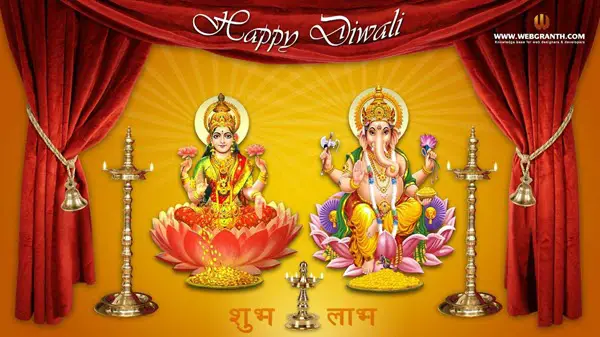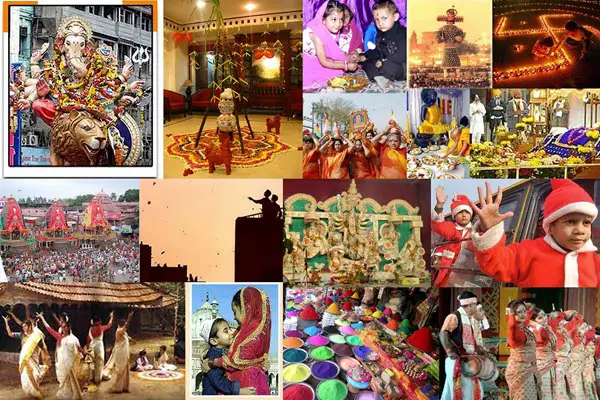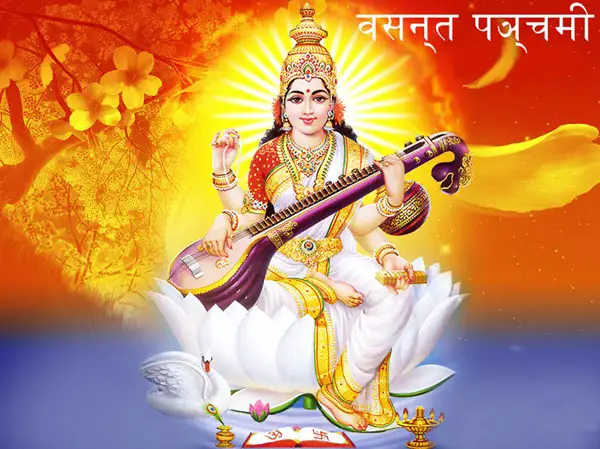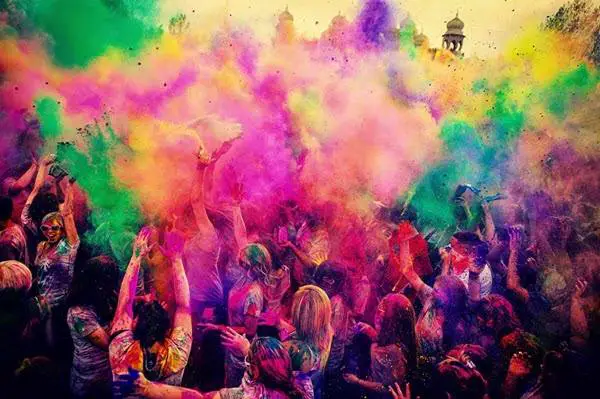The Hindu religion reserves a special place for nature worship. Besides worshiping Gods and Goddesses, the Hindus also worship nature in the form of the Sun, Moon, Rivers, Mountains, Trees, Plants, Cows, and Snakes.
Snake worship has been prevalent in India for ages. It has been an important part of Indian culture. Nag Panchami is one of the most important Hindu festivals, celebrated to mark the Snake Gods’ existence.
Naag Panchami involves the traditional worship of snakes or serpents by Hindus throughout India and other parts of the world.
Nag Panchami is celebrated on the Panchami Tithi during the Shukla Paksha of the Hindu calendar month of Sawan.

It usually falls in the month of July or August and is celebrated two days after ‘Hariyali Teej.’
On this day, women observe fast and pray for the well-being of their family members. The snakes are worshiped as ‘Nag Devta,’ and they are offered milk.
It is considered that Nag Panchami is highly propitious for offering prayers to the ‘Nag Devta.’
As snakes are considered a representation of the Nag Devta, it is believed that the Nag Devtas would well receive prayers offered to them. So, Hindus worship live snakes as representatives of Serpent Gods on Nag Panchami.
According to the Hindu scriptures, the snake’s abode is believed to be ‘Patal Lok,’ and the lowest is known as ‘Nag Loka.’ It is the region of the Nagas.
Many Serpent Gods are revered in the Vedas. However, the following Serpent Gods are mainly worshiped on the day of Nag Chaturthi, including Vasuki, Ananta, Shesha, Kambala, Padma, Pingala, Takshaka, Kaliya, Karkotaka, Shankhapala, Dhritarashtra, and Ashvatara.
Nag Panchami is celebrated with great fervor, faith, and devotion in most parts of India, including Maharashtra, Rajasthan, West Bengal, Andra Pradesh, Uttar Pradesh, and Bihar.
Nag Panchami reminds us of the importance of nature and animals in sustaining human life on Earth.
Table of Contents
Nag Panchami Story
The famous Mahabharata epic has the story of Janamejaya, whose Father, King Parikshit, was bitten and killed by a snake named Takshaka.
Janamejaya was intensely grieved and angered by killing his father, King Parikshit, by the Takshaka snake. To avenge his father’s death, Janamejaya called for a great sacrifice to kill all the snakes in the world.
The sacrificial fire was performed by qualified priests and Brahmins who chanted special and powerful mantras to drag all snakes to the fire.
As the Yagna progressed, snakes from all across the globe began to be dragged to the fire.
Fearing his death, Takshaka hid in the heavenly abode of King Indra. He requested Indra for a peaceful resolution. At this, Astika, the son of Manasa Devi, was called upon to pacify Janamejaya.
Astika was a very knowledgeable person and successfully convinced Janamejaya, who then stopped the Sacrificial Fire.
When the Sacrificial Fire was stopped, and the snakes were saved, it began to be celebrated as Nag Chaturthi. The Hindus worship the Snake Gods on the day of Nag Panchami.
How to do Nag Panchami Pooja?
Nag Panchami is a widely acclaimed Hindu festival dedicated to worshipping Snake Gods. It is an ancient and auspicious festival in honor of the Snake Gods.
It is celebrated in the holy month of Sawan on the Panchami Tithi during the Shukla Paksha. Elaborate rituals and Pooja ceremonies mark this holy festival performed on Nag Panchami.
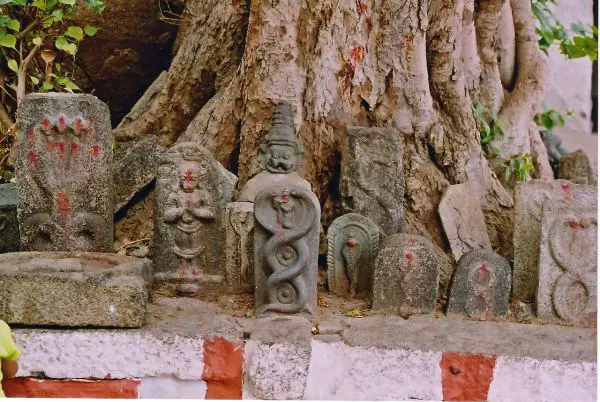
Fasting on Nag Panchami
There is a tradition of fasting on the day of Nag Panchami to please the Snake Gods. People observe a full day on the day of Naag Panchami. Especially, married women keep fast for the well-being of their families.
Unmarried girls also fast to find a good and pleasing husband. The fasting starts at sunrise and continues till sunset.
Fried and salty food items are not consumed during fasting on the day of Nag Panchami. In the evening, ‘kheer’ is offered to the Snake Gods, and the fast is broken. However, some people start the fast from the previous day on Nag Chaturdashi.
Rituals on Nag Chaturthi
On the day of Nag Panchami, people wake up early, bathe, and wear traditional clothes. In Maharashtra, women adorn the ‘Nauvaari’ (nine yards) saree.
There is also the custom of offering coconut sweets and black sesame Ladoos to the Snake Gods.
No fried or salty food is prepared on the day of Nag Panchami. Only boiled and steamed food is eaten on this day. People avoid tillage and digging the field on the day of Nag Panchami as there are chances of harming the snakes.
People visit temples and snake pits in temples to worship the Snake Gods. People offer flowers, Haldi-Kumkum, and sweetened milk to the snakes that snake charmers carry. ‘Nag Archana’ is performed to get relief from Nag Dosha.
Nag Chaturthi Pooja
Snake idols of clay are prepared and worshiped at home with milk, grass, turmeric, Kumkum, and flowers. People keep milk and flowers near the burrows and holes where snakes live.
A sculpture made of cow dung of Snake God is prepared and kept at the house’s main entrance. In addition, kheer, rice, and sewaiya are prepared for offering to the Snake Gods.
Sandalwood is used in worship. Nag Mantras are chanted to please the Snake Gods. Milk is used for bathing the idols of the Snake Gods.
So, we see that Naag Panchami is an important Hindu festival dedicated to the Snake Gods and celebrated with great enthusiasm, faith, and devotion.
Nag Panchami 2025 Date
Naag Panchami will be celebrated on 29th July 2025, Tuesday.
The Panchami Tithi begins at 11:24 PM on 28th July 2025
Panchami Tithi Ends at 12:46 AM on 30th July 2025
The Nag Panchami Pooja Muhurat is from 05:41 AM to 08:23 AM
We hope you liked this article on Nag Panchami. Please do share this article with your friends and family.

